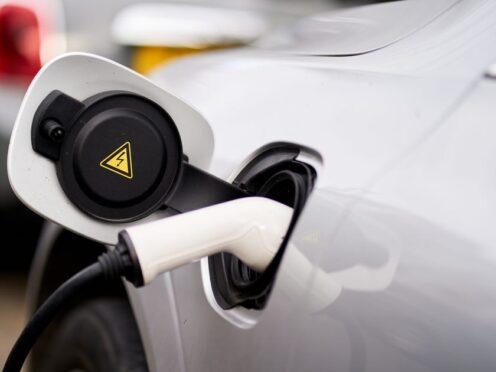Prime Minister Rishi Sunak has said that no other countries are forcing people to switch out their cars for more environmentally friendly models.
Speaking to the BBC on Sunday June 30, the Prime Minister said: “I don’t think that it’s right to saddle British families with thousands of pounds of extra cost to switch out their car, their boiler, convert their home, when we don’t need to do that, no one else is doing that. I think that is the practical, sensible thing to do.”
Evaluation
Dozens of other countries around the world plan to ban the sale of new diesel and petrol cars.
Mr Sunak has not scrapped Conservative policy to force people to buy electric cars when they want to replace their current vehicle, but merely delayed the plans to introduce legislation by five years from 2030 to 2035.
The facts
In September 2023, Mr Sunak set out an ambition that 100% of all new cars sold in Great Britain will be zero emission by 2035.
This replaced an earlier Government ambition that by 2030 no new petrol and diesel cars would be sold in the whole UK.
These rules only cover the sale of new cars, so used petrol and diesel models can continue to be sold on the second-hand market.
An initiative to phase out the sale of petrol and diesel vehicles cars was launched at the Cop26 climate conference in Glasgow in 2021.
The so-called ZEV Declaration is an international pledge to ensure that all new car and van sales are zero-emission by 2040 globally and by 2035 in “leading markets”.
At the time of writing, it has been signed by 31 national governments.
The European Union will, in 2035, ban the sale of new petrol and diesel cars in its member states.
Norway, which is not part of the EU, has an ambition for no new petrol or diesel cars to be sold there by 2025. Rather than banning sales, Norway plans to meet its ambition through fees on fossil fuel cars and incentives for people to buy electric vehicles. In January 2024 less than 3% of new car sales in Norway were petrol or diesel.
Links
BBC – Sunday with Laura Kuenssberg, June 30
Gov.uk – Government sets out path to zero emission vehicles by 2035 (archived)
Gov.uk – Government takes historic step towards net-zero with end of sale of new petrol and diesel cars by 2030 (archived)
Accelerating to Zero Coalition – About (archived)
Accelerating to Zero Coalition – Signatories (archived)
European Parliament – EU ban on the sale of new petrol and diesel cars from 2035 explained (archived)
TV2 – Nei – bensin- og dieselbiler blir ikke forbudt (archived)
